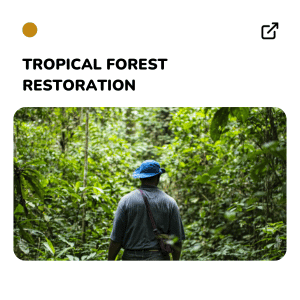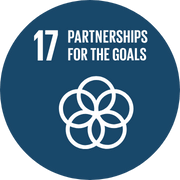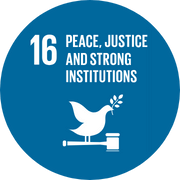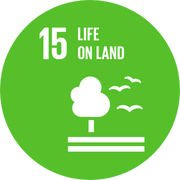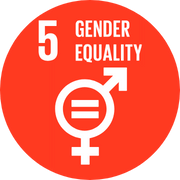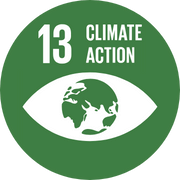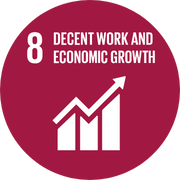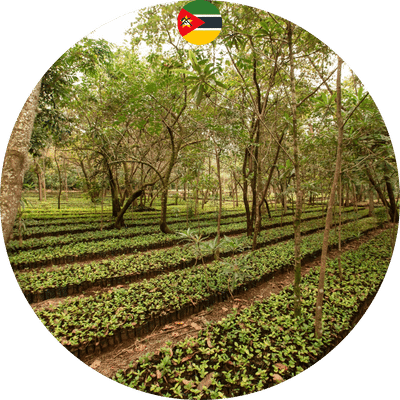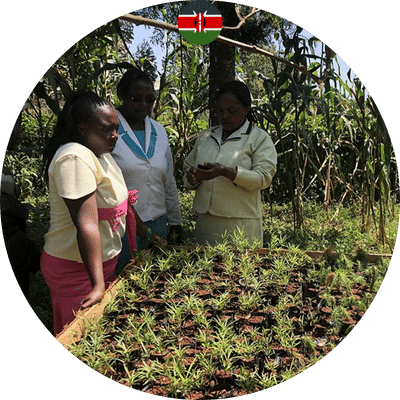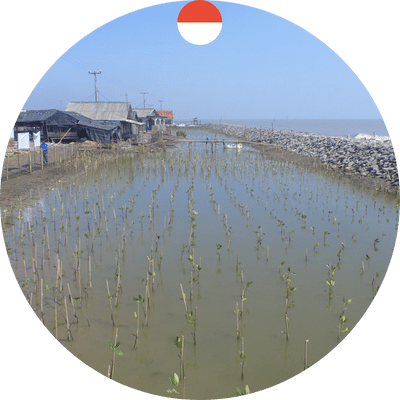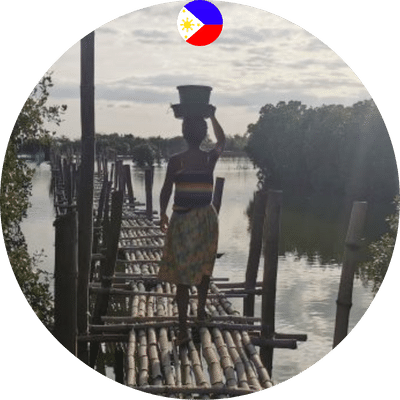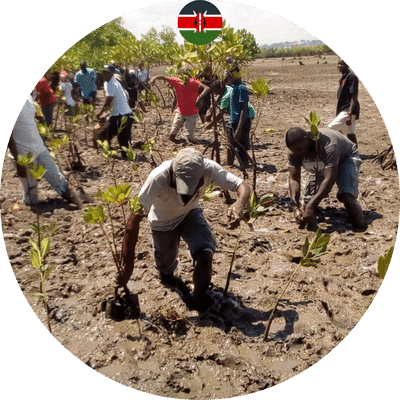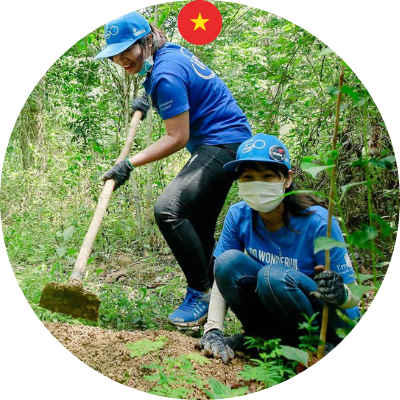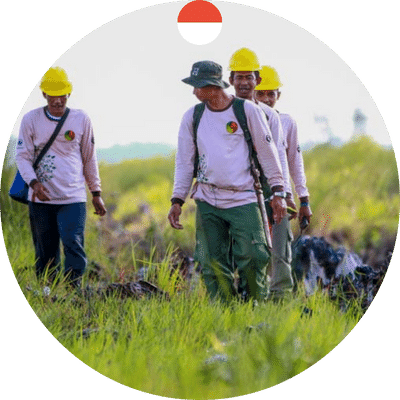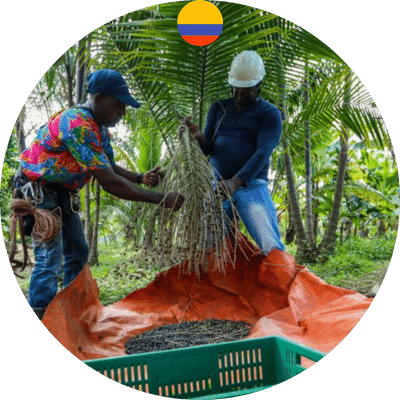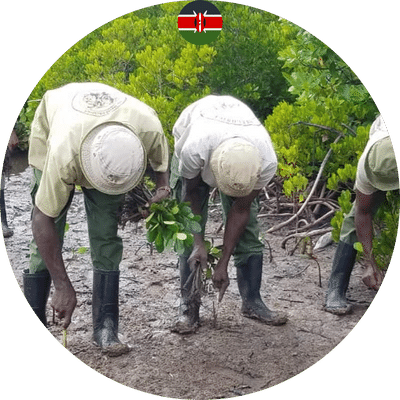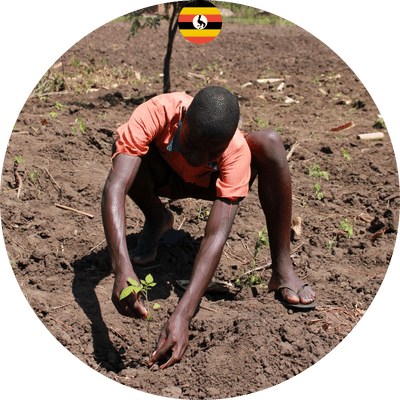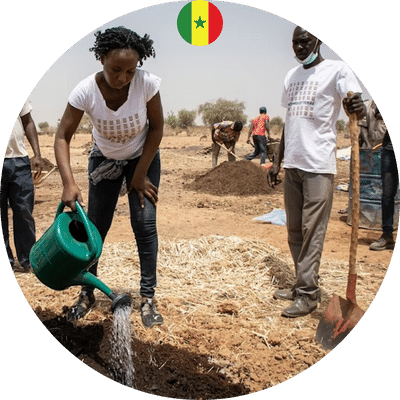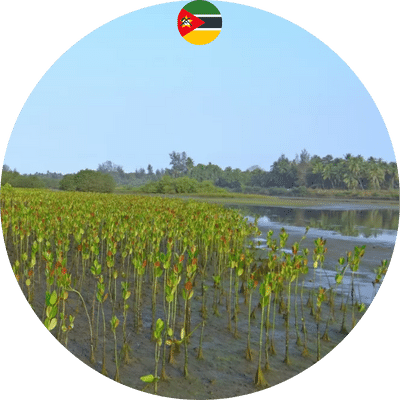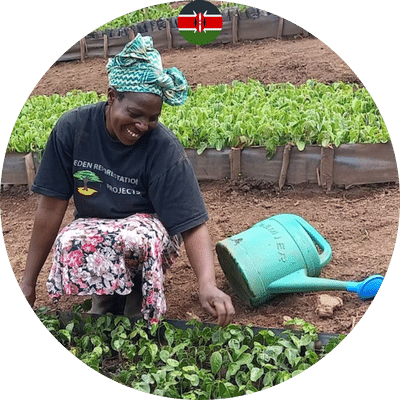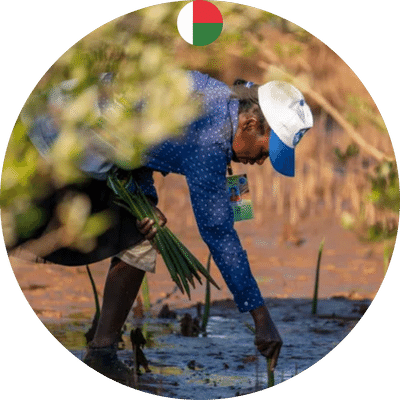Corridors for Life
Project details
The Corridors for Life project is a forest landscape restoration project in the Brazilian Atlantic Forest, led by the Institute for Ecological Research (IPÊ). It aims to create biological corridors among remnants of virgin forests by restoring native forest ecosystems in degraded areas.

Project location
The Corridors for Life project is located in the Pontal do Paranapanema region of São Paulo, Brazil. The Pontal do Paranapanema is a highly fragmented landscape, with only 10% of its original forest cover remaining.
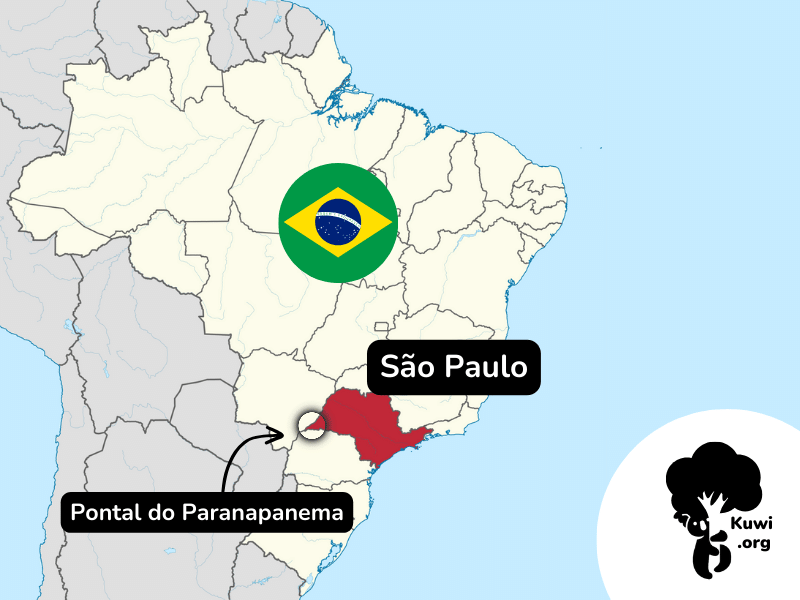
The project area encompasses 18,000 hectares of land, including forest fragments, degraded areas, and agricultural land.
The Pontal do Paranapanema is a biodiverse region, home to a variety of plant and animal species, including the jaguar, the golden lion tamarin, and the Atlantic Forest woolly monkey.
The project area is also important for water resources, as it is the headwaters of several rivers that supply water to millions of people. The Corridors for Life project is working to restore forest cover in the Pontal do Paranapanema region and to create biological corridors that will connect the remaining forest fragments.
This will help to improve the connectivity of the landscape and create a more hospitable environment for wildlife.
Here are some of the specific locations where the Corridors for Life project is working:
- The Juréia-Itatins Ecological Station
- The Intervales State Park
- The Capão Bonito State Forest
- The Paranapanema River basin
- The Ribeirão Verde watershed
The Corridors for Life project is making a significant contribution to the conservation of the Brazilian Atlantic Forest. By restoring forest cover and creating biological corridors, the project is helping to protect biodiversity, improve water resources, and mitigate climate change.
Project objectives
The project is on track to achieve its goal of restoring 3,000 hectares of forest and creating 10 biological corridors by 2025. The Corridors for Life project is a long-term initiative, but it is already making a significant difference in the Pontal do Paranapanema region. By restoring forest cover and creating biological corridors, the project is helping to protect biodiversity, improve water resources, and mitigate climate change.
The project has a number of benefits, including:
- It helps to mitigate climate change by sequestering carbon dioxide from the atmosphere.
- It supports local communities by providing them with sustainable livelihood alternatives, such as agroforestry and ecotourism.
- It conserves biodiversity by providing habitat for a wide range of plant and animal species.
- The Corridors for Life project is a long-term initiative, but it has already made significant progress.
- As of 2023, over 300 hectares of forest have been restored, and over 100 families are participating in the project.
The Corridors for Life project is a model for how we can address climate change, support local communities, and conserve biodiversity simultaneously. It is a project that is truly making a difference in the world.
- Restoring degraded areas with native tree species
- Planting trees along rivers and streams to create riparian corridors
- Creating agroforestry systems that combine trees and crops
- Providing training and technical assistance to local farmers and communities
- Raising awareness of the importance of forest conservatio
The Corridors for Life project is planting a variety of native tree species, including the species in the images below. These trees provide food and shelter for wildlife, help to regulate the water cycle, and protect the soil. They also play an important role in mitigating climate change by sequestering carbon dioxide from the atmosphere.






Project implementers
The Corridors for Life project is a partnership between the Institute for Ecological Research (IPÊ), Biofílica Ambipar Environment, and AstraZeneca.
IPÊ is a Brazilian NGO that has been working to conserve the Atlantic Forest for over 30 years. Biofílica Ambipar Environment is a Brazilian environmental services company. AstraZeneca is a British pharmaceutical company.
The trees in the Corridors for Life project are planted by a variety of stakeholders, including:
- IPÊ staff and volunteers
- Biofílica Ambipar Environment staff and contractors
- Local farmers and communities
The project also works with schools and other educational institutions to plant trees and raise awareness of the importance of forest conservation.
The Corridors for Life project is a collaborative effort that is bringing together people from different sectors to work towards a common goal: to restore the Brazilian Atlantic Forest.
Project video
Planning
The project has also made significant contributions to the conservation of biodiversity in the region.
For example, the project has helped to increase the populations of several endangered species, including the jaguar, the golden lion tamarin, and the Atlantic Forest woolly monkey.
The Corridors for Life project is a long-term initiative, and it is expected to continue for many years to come. The project’s timeline is divided into three phases:
- Phase 1 (2009-2014): This phase focused on establishing the project and developing a baseline understanding of the landscape.
- Phase 2 (2015-2020): This phase focused on implementing restoration activities and monitoring their impacts.
- Phase 3 (2021-2025): This phase is focused on consolidating the project’s achievements and expanding its reach.
Methodology
Over the past few decades, tropical forests have endured significant challenges, including deforestation, fragmentation, ecological damage, and the loss of biodiversity. These forests play a crucial role in capturing and retaining carbon through their trees, vegetation, soil, and leaf litter. It is widely recognized that large-scale restoration efforts in these regions hold significant potential for mitigating climate change.
One of the solutions presented by Project Drawdown is the restoration and conservation of tropical forests within tropical climates. This initiative focuses on revitalizing and safeguarding forests that have been degraded in tropical regions.
Sustainable Development Goals
When allocating our members’ funds, we’re committed to aiding in the Sustainable Development Goals set by the United Nations. Below are the SDGs acknowledged for this project.



